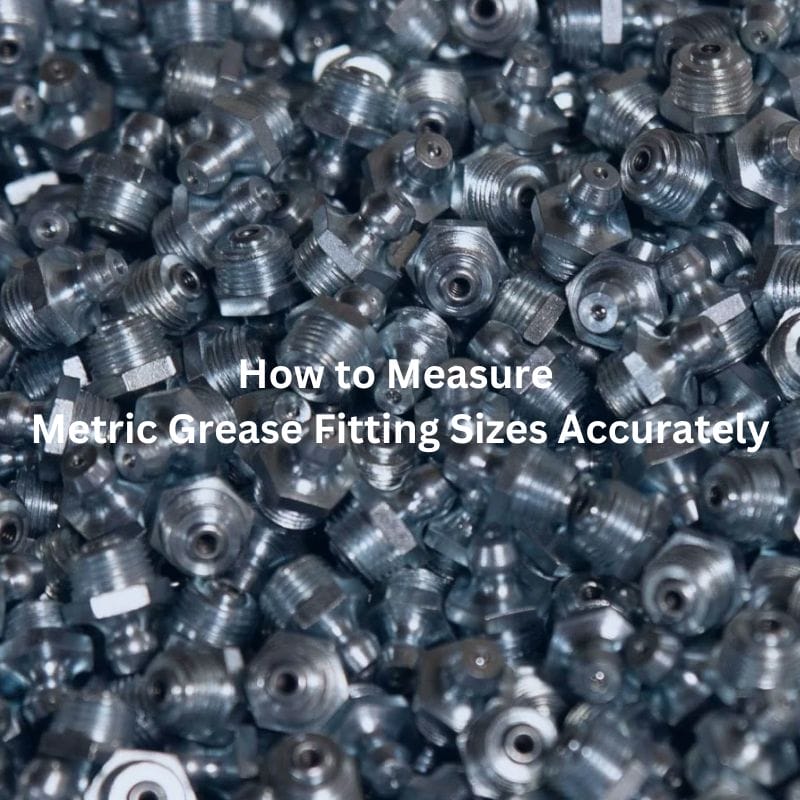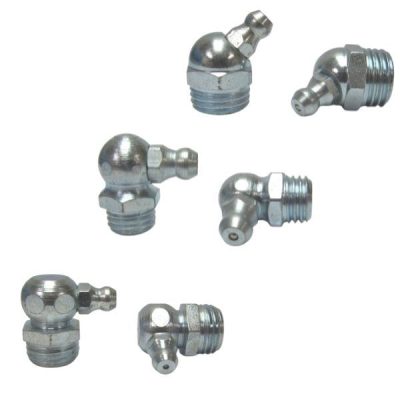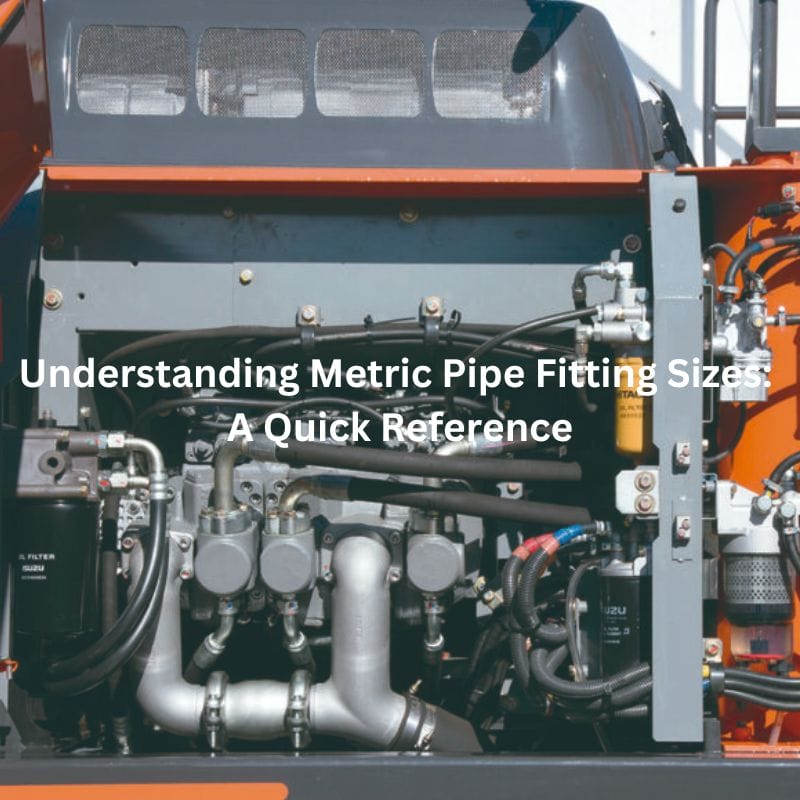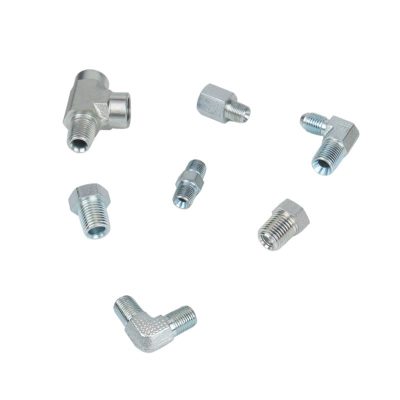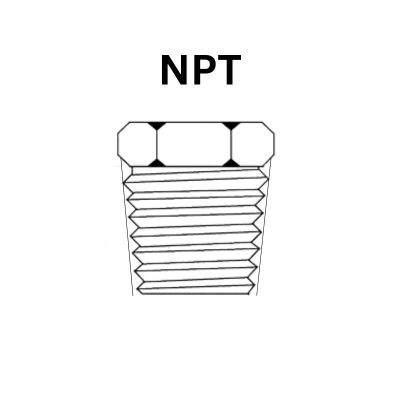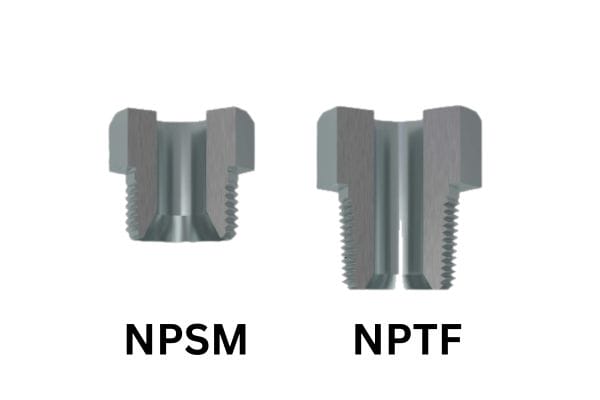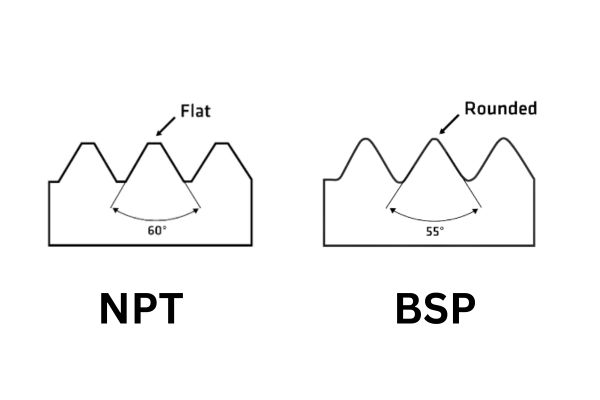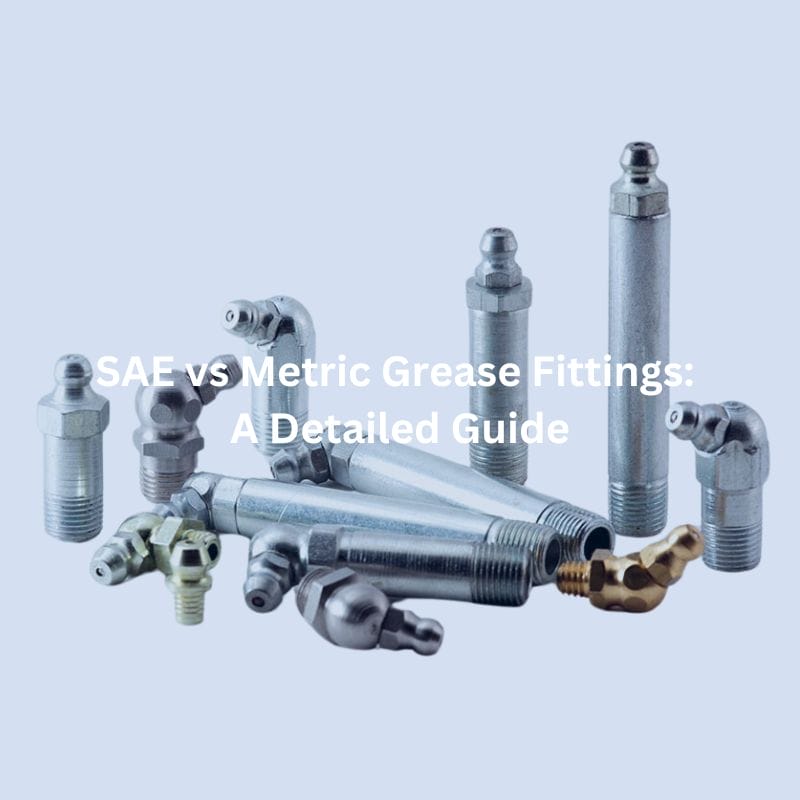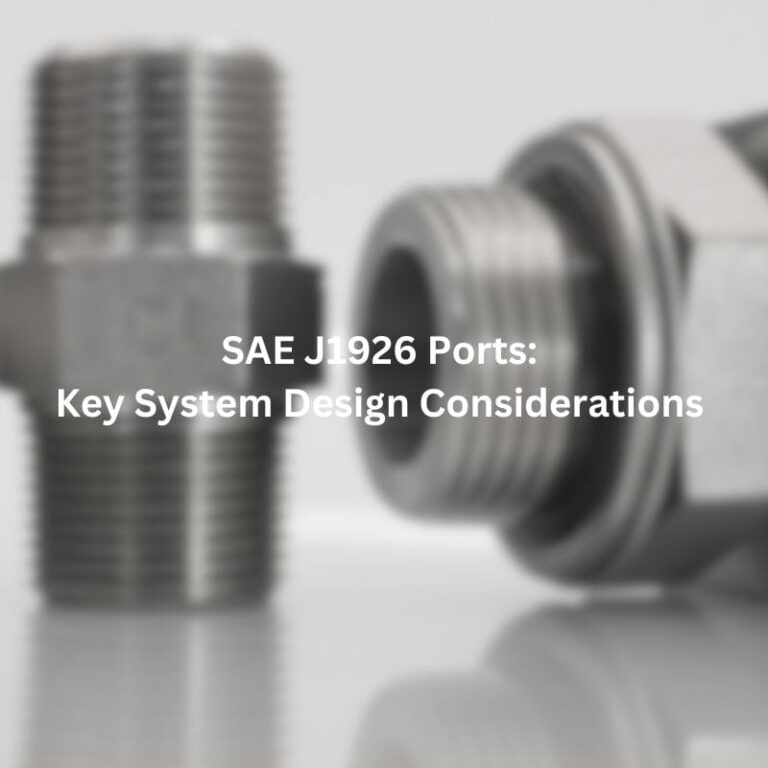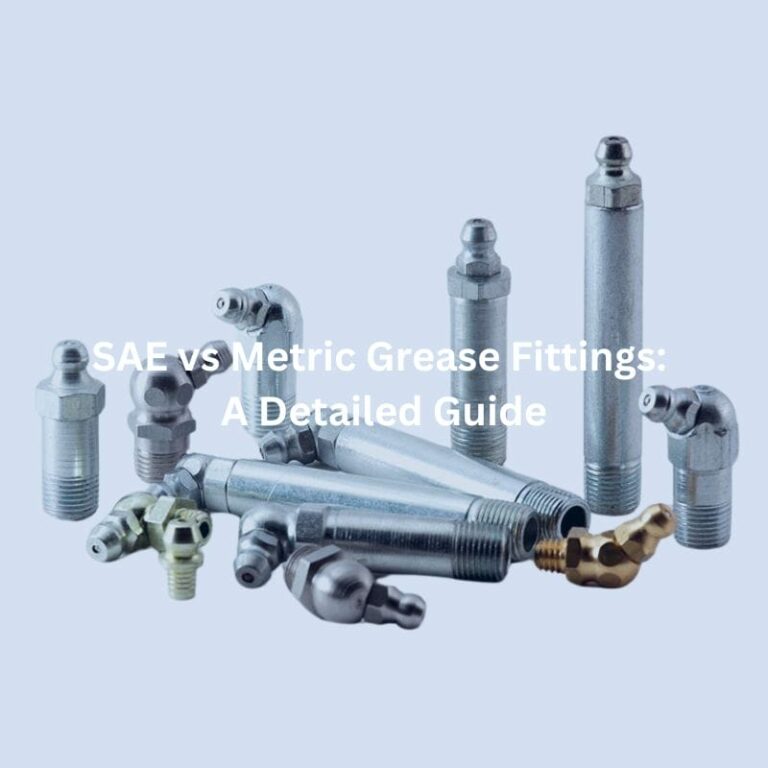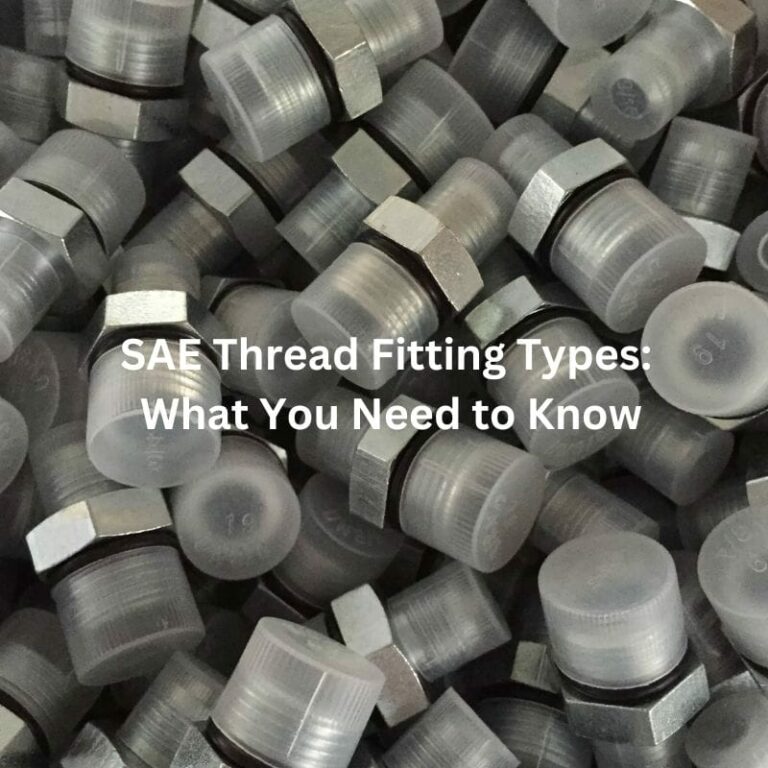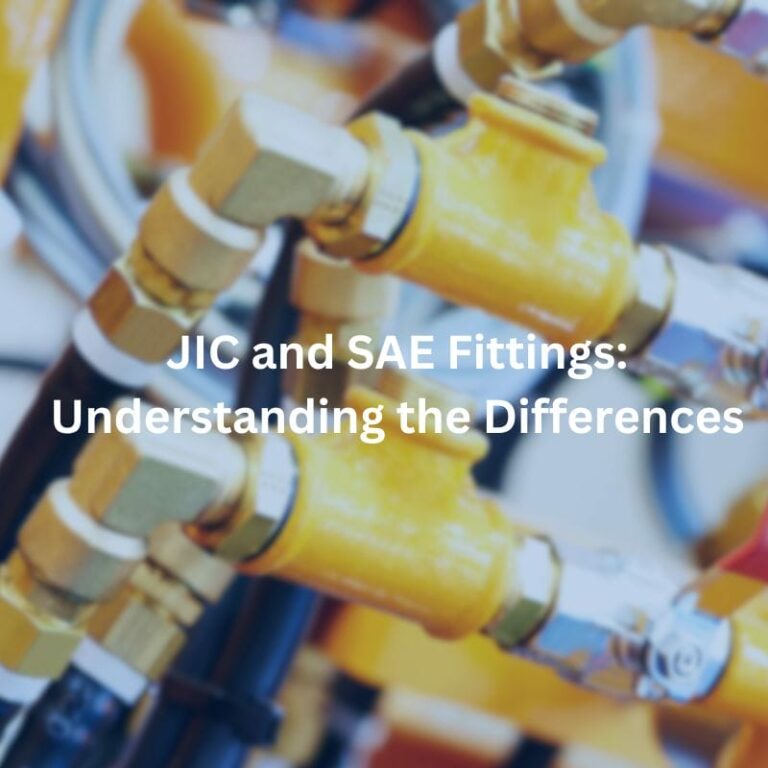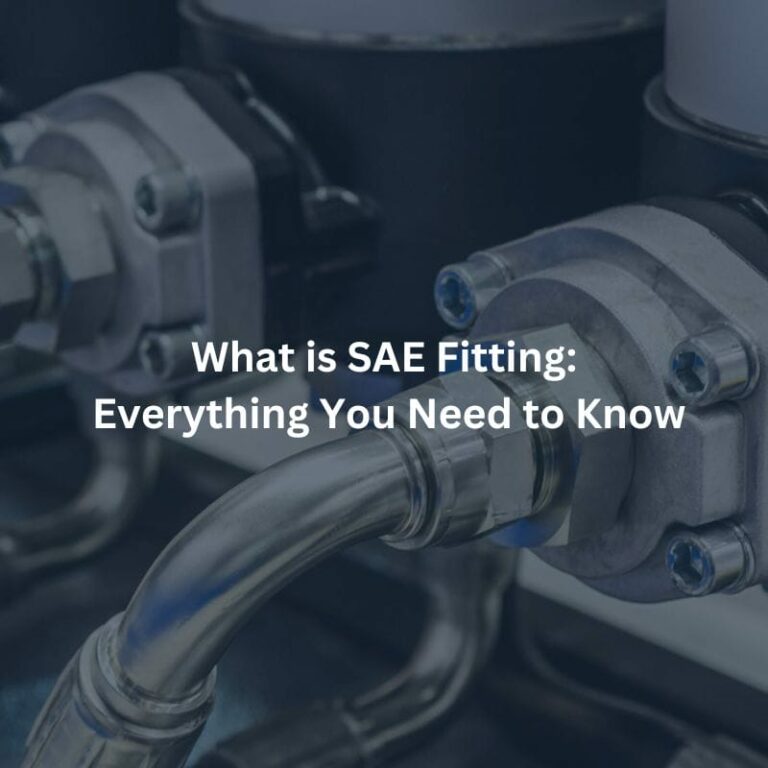How to Measure Metric Grease Fitting Sizes Accurately
Table of Contents
Introduction
Metric grease fittings, also known as Zerk fittings, allow for the effective lubrication of machinery components, ensuring smooth operation and longevity. These small but vital components come in different sizes, and using the correct size is essential to prevent equipment failure, reduce downtime, and maintain safety standards. This comprehensive guide aims to provide clear, step-by-step instructions on how to measure metric grease fitting sizes accurately, ensuring that maintenance professionals and engineers can select the right fittings for their specific applications.
Understanding Metric Grease Fittings
Metric grease fittings are small components designed to facilitate the lubrication of mechanical systems. These fittings allow for the introduction of lubricant under pressure into bearing assemblies, pivot points, and other moving parts to reduce friction and wear. Unlike their imperial counterparts, metric grease fittings adhere to the metric system of measurements, making them essential for equipment and machinery designed with this standard.
There are several types of metric grease fittings, each suited for specific applications:
Straight Fittings: These are the most common type, featuring a straight-through passage for grease flow.
Angled Fittings: Available in 45-degree and 90-degree angles, these fittings are used where straight fittings cannot be installed due to space constraints.
Flush-Type Fittings: Designed to sit flush with the surface, these fittings are used in applications where protruding fittings could be damaged or interfere with operation.
Drive-Type Fittings: These fittings are installed by driving them into place and are used where threading is not feasible.
Button Head Fittings: These are larger fittings used in heavy machinery where higher volumes of grease are required.
Materials and Uses
Metric grease fittings are manufactured from various materials, each chosen for its specific properties and suitability for different environments:
Steel: The most common material used, steel fittings are durable and cost-effective, suitable for general-purpose applications.
Stainless Steel: Offering superior corrosion resistance, stainless steel fittings are ideal for harsh environments, including marine and chemical processing industries.
Brass: Known for its anti-corrosive properties, brass fittings are often used in applications involving water or mild chemicals.
Zinc-Plated Steel: These fittings provide an additional layer of corrosion resistance and are used in outdoor or moist environments.
Importance of Proper Sizing
Accurate sizing of metric grease fittings is paramount for several reasons:
Effective Lubrication: Properly sized fittings ensure that lubricant reaches all necessary parts of the machinery, reducing friction and wear.
Preventing Leaks: Incorrectly sized fittings can lead to leaks, resulting in insufficient lubrication and potential equipment failure.
Ease of Maintenance: Correctly sized fittings simplify the maintenance process, allowing for quick and efficient lubrication without the need for adapters or modifications.
Safety: Ensuring the right size fittings helps maintain the safety of the equipment, preventing malfunctions that could lead to accidents.
Step-by-Step Measurement Process
Accurately measuring metric grease fittings requires careful preparation and the right tools. This section will guide you through each step of the process to ensure precise measurements.
Preparation
Cleaning the Fitting: Before measuring, thoroughly clean the grease fitting to remove any dirt, grease, or debris. Use a solvent or degreaser and a brush to ensure all residues are removed, as contaminants can affect measurement accuracy.
Inspection: Inspect the fitting for any visible damage or wear. Bent or damaged fittings should not be used for measurement as they can provide inaccurate readings. Replace any defective fittings before proceeding.
Drying: Ensure the fitting is completely dry after cleaning. Moisture can also interfere with accurate measurements.
Measuring the Diameter
External Diameter
Select the Right Tool: Use a pair of digital or vernier calipers for precise measurement.
Position the Calipers: Open the calipers and place them around the external diameter of the fitting’s threaded part. Ensure the jaws of the calipers are perpendicular to the axis of the fitting to avoid skewed measurements.
Take the Measurement: Gently close the caliper jaws until they touch the fitting’s surface without applying excessive force. Read the measurement displayed on the calipers.
Record the Measurement: Note down the external diameter to the nearest hundredth of a millimeter for accuracy.
Internal Diameter
Select the Tool: For internal diameters, you can use either a pair of small calipers or a micrometer.
Insert the Calipers: Carefully insert the caliper jaws into the internal bore of the fitting. For micrometers, place the spindle inside the bore.
Take the Measurement: Open the calipers or extend the micrometer spindle until they touch the internal walls of the fitting. Ensure the tool is aligned properly to avoid angled measurements.
Record the Measurement: Read and record the internal diameter.
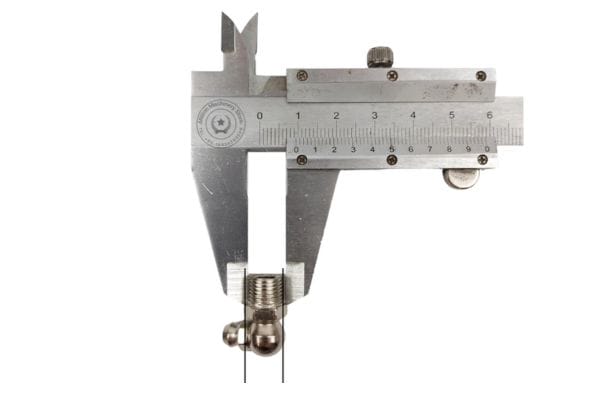
Measuring the Thread Pitch
Thread pitch is the distance between threads, measured in millimeters. It is crucial for ensuring compatibility with corresponding components. Accurate thread pitch measurement ensures that the fitting will mate correctly with the receiving part, preventing leaks and mechanical failures.
Using a Thread Gauge
Select the Thread Gauge: Choose a metric thread gauge that includes various pitch sizes.
Match the Threads: Align the teeth of the thread gauge with the threads of the fitting. Start with a pitch size that seems close to the fitting’s thread.
Check the Fit: If the gauge does not fit perfectly, try the next size until you find a match where the gauge teeth align seamlessly with the fitting’s threads.
Record the Pitch: Once you find the correct thread pitch, record the measurement indicated on the gauge.
Measuring the Length
Overall Length
Select the Right Tool: Use a ruler or a set of calipers.
Position the Tool: Align the ruler or calipers with the fitting’s axis to measure from end to end.
Take the Measurement: Measure the entire length of the fitting, including both the threaded and non-threaded parts.
Record the Measurement: Note down the overall length.
Threaded Length
Identify the Threaded Part: Locate the beginning and end of the threaded section of the fitting.
Position the Tool: Place the ruler or calipers at the start of the threads and extend them to the end of the threads.
Take the Measurement: Measure the length of the threaded part.
Record the Measurement: Note the threaded length separately from the overall length.
Common Mistakes and How to Avoid Them
Accurate measurement of metric grease fittings is crucial for ensuring the proper function and longevity of mechanical systems. However, several common mistakes can lead to incorrect measurements, which can cause equipment malfunctions and increased maintenance costs. Understanding these mistakes and how to avoid them is essential for any maintenance professional or engineer.
Incorrect Tool Usage
Common Mistakes:
Using the Wrong Tool: Using a ruler instead of calipers for diameter measurements, or not using a thread gauge for thread pitch, can lead to inaccurate readings.
Improper Calibration: Not calibrating measurement tools before use can result in significant errors.
Inappropriate Pressure: Applying too much or too little pressure with calipers can skew the measurements.
Incorrect Positioning: Misaligning calipers or micrometers can lead to inaccurate diameter and length measurements.
How to Avoid Them:
Choose the Right Tool: Ensure you are using the appropriate tool for each measurement. Use calipers for diameters, micrometers for small internal diameters, and thread gauges for thread pitch.
Calibrate Tools: Regularly calibrate your measurement tools according to the manufacturer’s instructions to ensure accuracy.
Apply Gentle Pressure: When using calipers, apply gentle and consistent pressure to avoid compressing or distorting the fitting.
Align Properly: Ensure that calipers and micrometers are perpendicular to the surface being measured. This alignment helps avoid angular discrepancies.
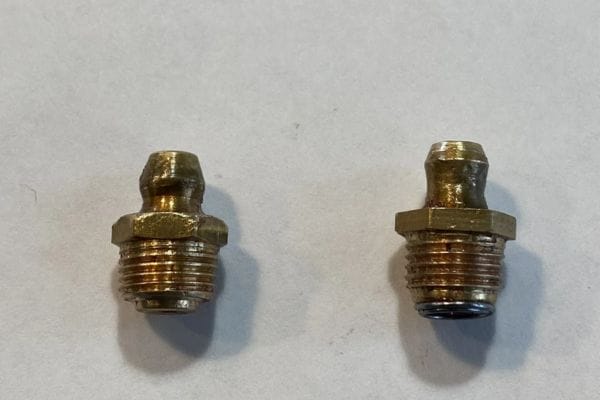
Misreading Measurements
Common Mistakes:
Misinterpreting the Scale: Misreading the scale on a vernier caliper or micrometer can lead to incorrect measurements.
Recording Errors: Failing to record measurements immediately or incorrectly noting them down can cause confusion and errors.
Ignoring Decimal Points: Overlooking decimal points in digital readings can result in significant inaccuracies.
Tips on Accurate Reading and Recording:
Understand the Scale: Familiarize yourself with the scales on your measurement tools. For vernier calipers, understand how to read both the main scale and the vernier scale.
Double-Check Readings: Always double-check your readings before recording them. Cross-reference with a colleague if possible.
Use Digital Tools: If available, use digital calipers and micrometers for easier and more accurate readings.
Record Immediately: Write down measurements as soon as they are taken to avoid memory lapses or errors.
Check Decimal Points: Pay close attention to decimal points and ensure they are accurately recorded.
Ignoring Tolerances
Common Mistakes:
Neglecting Manufacturer Specifications: Ignoring the tolerances specified by the manufacturer can lead to poor fitting and mechanical failures.
Assuming Exact Fit: Believing that all fittings are manufactured to exact sizes without considering allowable variances can cause issues.
Importance of Considering Manufacturing Tolerances:
Fit and Function: Manufacturing tolerances account for slight variances in the production process. Understanding these tolerances ensures that parts will fit and function correctly even if there are minor differences in size.
Avoiding Over-tightening: Recognizing that fittings may vary within a specified range helps prevent over-tightening, which can damage parts and lead to leaks.
How to Account for Tolerances:
Refer to Specifications: Always refer to the manufacturer’s specifications for tolerances. These specifications provide an acceptable range of dimensions for each fitting.
Measure Multiple Times: Take multiple measurements to ensure consistency and accuracy. Variations in your readings can help you understand the tolerance range.
Adjust Measurements: If your measurements are close to the tolerance limits, consider the intended application and whether slight adjustments might be needed.
How to Choose the Suitable Metric Grease Fittings
Selecting the appropriate metric grease fittings is crucial for ensuring efficient lubrication and the smooth operation of mechanical systems. The right choice can prevent equipment failure, reduce maintenance costs, and extend the lifespan of machinery. Here’s a comprehensive guide on how to choose the suitable metric grease fittings.
Understand Your Application
Identify the Equipment Type:
Determine the type of machinery or equipment that requires lubrication. Different machines have different lubrication needs and constraints.
Operating Conditions:
Consider the operating environment, including temperature, humidity, and exposure to chemicals or corrosive substances. This will influence the material choice for the grease fittings.
Lubrication Requirements:
Understand the type and viscosity of the lubricant to be used, as this can affect the choice of fitting.
Consider the Size and Thread Type
Measure Existing Fittings:
If replacing existing fittings, measure the old ones to ensure a proper fit. Use calipers and thread gauges for accurate measurements.
Standard Sizes:
Refer to standard metric sizes to ensure compatibility with existing components. Cross-reference your measurements with industry standards.
Thread Type:
Ensure the thread type matches the receiving component. Common thread types include metric fine and coarse threads.
Evaluate Installation and Maintenance Requirements
Ease of Installation:
Choose fittings that are easy to install and do not require special tools or equipment.
Maintenance Accessibility:
Consider how easy it will be to access the fittings for regular maintenance. Angled fittings may be necessary for hard-to-reach areas.
Factor in Load and Pressure Conditions
Load Bearing Capacity:
Ensure the fittings can handle the load and pressure of the equipment. Heavy machinery may require sturdier fittings like button head fittings.
Pressure Rating:
Verify that the fittings can withstand the pressure of the lubrication system. Consult manufacturer specifications for pressure ratings.
Consult Manufacturer Specifications and Recommendations
Manufacturer Guidelines:
Always refer to the machinery or equipment manufacturer’s guidelines for recommended grease fitting types and specifications.
Industry Standards:
Follow industry standards and best practices for selecting grease fittings to ensure safety and compatibility.
Choosing the right metric grease fittings involves understanding your specific application requirements, selecting the appropriate type and material, ensuring the correct size and thread type, considering installation and maintenance needs, and consulting manufacturer guidelines. By following these steps, you can ensure optimal performance, efficiency, and longevity of your mechanical systems.
Conclusion
In conclusion, accurately measuring metric grease fittings is essential for ensuring proper lubrication and the efficient operation of machinery. We covered the types of metric grease fittings, including straight, angled, flush-type, and button head fittings, and the appropriate materials for different applications, such as steel, stainless steel, brass, and zinc-plated steel. Accurate measurements involve using the right tools, avoiding common mistakes, and considering manufacturing tolerances. Precise measurements prevent equipment failures, reduce maintenance costs, and extend machinery lifespan. We encourage you to apply these measurement techniques in your work and share your experiences to help others achieve optimal performance and reliability in their operations.
FAQ
Metric grease fittings, also known as Zerk fittings, are components used to lubricate mechanical systems by allowing grease to be injected into bearing assemblies and other moving parts.
Accurate measurement ensures proper lubrication, prevents leaks, reduces equipment failures, and extends the lifespan of machinery by ensuring the correct fitting size is used.
Common tools include calipers for measuring diameters, thread gauges for measuring thread pitch, and micrometers for precise internal diameter measurements.
Select the material based on the operating environment: steel for general use, stainless steel for corrosive environments, brass for applications involving water or mild chemicals, and zinc-plated steel for additional corrosion resistance.
The common types include straight fittings for direct access points, angled fittings for space-constrained areas, flush-type fittings for surfaces where protruding fittings could be damaged, and button head fittings for high-volume grease requirements in heavy machinery.
Double-check your measurements for accuracy and compare them with industry standards. If discrepancies persist, re-measure and consider manufacturing tolerances or consult with the fitting manufacturer for guidance.

